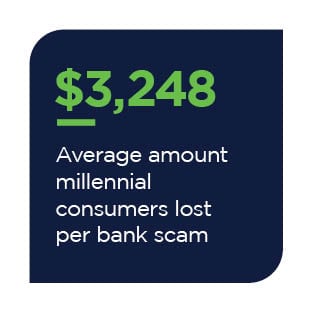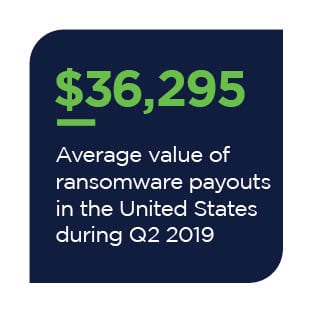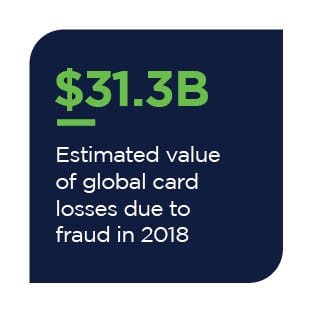Chase On Using Machine Learning To Crack Fraud’s Goldilocks Conundrum

The global threat of fraud shows no signs of slowing down. Losses related to fraud are valued at $14.7 billion, according to the most recent DataVisor Fraud Index Report. As fraudsters become increasingly aggressive, new global regulations and solutions are being deployed to keep consumers, merchants and banks safe.
 In the latest “Digital Fraud Tracker,” PYMNTS highlights the fraud trends and patterns that regulators are closely monitoring, as well as the solutions — including artificial intelligence (AI) and machine learning (ML) — that are being deployed to shift the anti-fraud effort from defense to offense.
In the latest “Digital Fraud Tracker,” PYMNTS highlights the fraud trends and patterns that regulators are closely monitoring, as well as the solutions — including artificial intelligence (AI) and machine learning (ML) — that are being deployed to shift the anti-fraud effort from defense to offense.
Developments Around the Digital Fraud World
Fraud has become particularly problematic in the United Kingdom, where last year card-based losses increased by 19 percent compared to the previous year.
One U.K. bank found that one group, in particular, is most vulnerable to fraudsters’ scams. A report by Lloyds Bank noted that the share of millennial consumers who fall victim to scams increased by 400 percent in the past year, even though overall fraud incidents declined. The report did have some good news for millennials, however: this demographic loses an average of $3,248 per scam, much less than any other age group.
Across the European Union, new strong customer authentication (SCA) requirements went into effect on Sept. 14 under the EU-wide revised Payment Services Directive (PSD2). The new regulations aim to reduce fraud by requiring merchants to use multifactor authenticatio n (MFA) solutions such as PINs and biometrics to approve online payments and transactions greater than €30 ($37 USD).
n (MFA) solutions such as PINs and biometrics to approve online payments and transactions greater than €30 ($37 USD).
Federal regulators in the U.S., meanwhile, are urging consumers to be careful of a particular type of social scam. The Federal Trade Commission (FTC) reports that U.S. consumers lose more to romance-based fraud than any other type of scheme. The agency reported that more than 21,000 individuals were tricked into sending $143 million in romance scams in 2018 — triple the rate reported in 2015. The FTC also warned that these scammers are active on dating and romance platforms, and urged users to watch for warning signs like someone who asks for money at an in-person meeting or who claims to have no money on hand due to a business deal gone sour.
Chase Taps Machine Learning For a Proactive Approach to Fraud
As fraudsters become increasingly creative and innovative in their efforts to steal money and data, banks face the challenge of ensuring that their digital platforms are both seamless for customers and secure from bad actors.
In the Tracker’s Feature Story, Andrew Sloper, head of digital identity and authentication at Chase, explained how the bank uses ML for layered protection to better understand how customers behave and to enable a more seamless and secure experience.
 Deep Dive: Unsupervised Machine Learning Steps Up to Fight Fraud
Deep Dive: Unsupervised Machine Learning Steps Up to Fight Fraud
Part of the problem with fighting fraud is that banks and merchants are often forced to play defense, responding to acts of fraud that unfold and hoping that fraudsters are less successful in their future efforts. A specific type of ML solution, unsupervised ML, is working to flip the fraud script to help banks and merchants act on fraud as it occurs instead of reacting to it after the damage has been done.
This Tracker’s Deep Dive examines how unsupervised ML works to understand data as it is collected.
About the Tracker
The “Digital Fraud Tracker,” done in collaboration with DataVisor, is your go-to monthly resource for updates on trends and changes in the world of digital fraud.